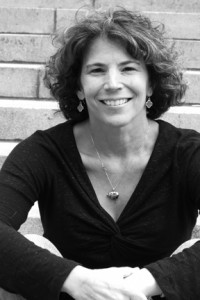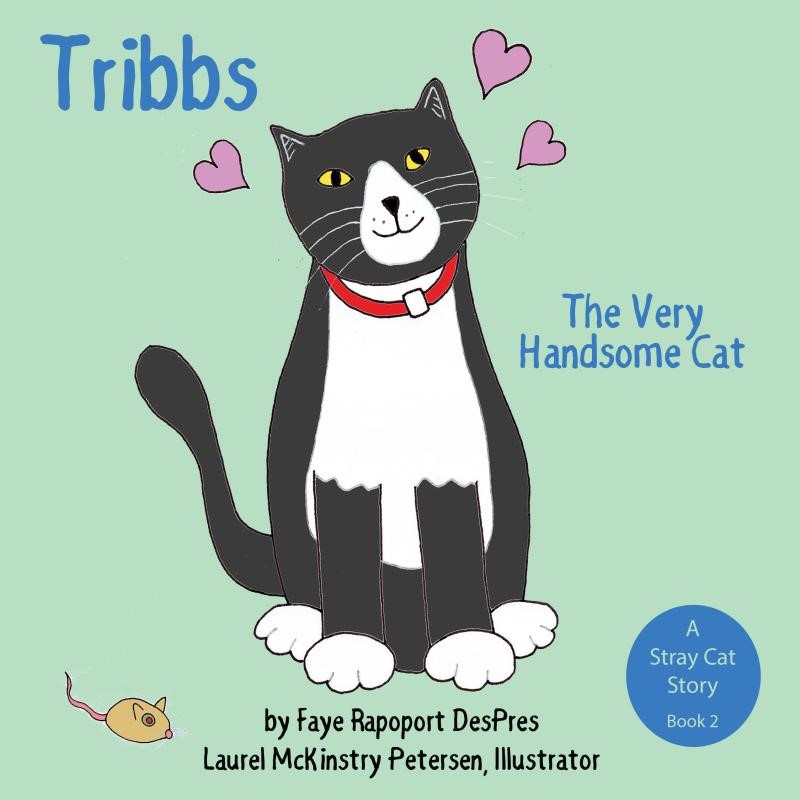 We stand in the cemetery and watch fireworks. That is, I stand; my husband sits on top of a granite gravestone, his hands casually folded and hanging between his legs. I watched him a little while ago as I approached in the darkness. The light of his headlamp was illuminating the stone, and he was staring at it before climbing on.
We stand in the cemetery and watch fireworks. That is, I stand; my husband sits on top of a granite gravestone, his hands casually folded and hanging between his legs. I watched him a little while ago as I approached in the darkness. The light of his headlamp was illuminating the stone, and he was staring at it before climbing on.
“What are you doing?” I asked.
“Talking to the people who are buried here,” he said. “I thanked them for sharing their spot.”
As I lean against the stone, feeling the rough surface of the top against the skin of my bare arm, I decide that the people buried here probably do not mind. This sprawling Catholic cemetery has been a fixture of our Boston suburb for a century or more. Some of the people buried here have lain in the ground for decades. Some were soldiers who died in each of the World Wars. Others have died within the past few years. An Italian man who lives across the street from our house visits his father in this cemetery every day. I remember the old man; he was in his nineties when he died, and before his brief illness he dressed in a suit and fedora and took walks around the neighborhood every day. He used to knock on our door and offer me paper bags filled with pears he had picked from the trees in his yard.
Three years have passed since he died.
It is the fourth of July, a year to the day since we lost a beloved cat we had taken in from the street. Franklin lived with us for two years before that terrible rainy morning, when he ran out the door, slipped behind the back fence, and got into a scuffle with a coyote. We believe he attacked the coyote to save a small female, the last feral cat who remained on our street after I had trapped and found homes for the others. She was the only one I hadn’t been able to coax indoors, and she used to stare into the house through our kitchen window, wondering what had happened to her best friend Franklin.
I try not to think of that morning now, of the blood, my tears, the futile race to the vet while I begged God out loud to let Franklin live. I rested my hand on his side as he lay on the passenger seat and I felt his chest rise and fall for the last time.
He has been gone for a year. The little female lives with us now.
The air is warm and humid. I run the same hand that felt Franklin’s last breaths along the front of the granite gravestone. The surface is cool and glassy, smooth except where the names of total strangers are engraved.
The fireworks that periodically light up the sky are launched from a suburban park about a mile away. Three years ago I walked to the park with a neighbor and watched from the middle of the crowd. My husband was away at school that summer. The grassy park was filled with blankets and with children waving glow sticks or wearing them around their necks. I heard the laughter of their parents, saw couples holding hands. The fireworks shot up from the opposite side of a soccer field. The rockets burst above us, casting a colorful glow across the dark sky as the crowd cheered and sighed and applauded.
Here the crowd lies beneath the ground. But we are not alone among the living; a short distance behind us that same neighbor and his new girlfriend sit on a towel in the grass. Nearby a group of people is perched on the roof of a small mausoleum. They arrived in a pickup truck, parked, and crowded onto the highest spot they could find.
The cemetery is located on the line between two suburbs. Like the tracks of lore, it separates our working-class former mill town from the wealthy suburb on the other side. There, the streets are newly paved and the houses are bordered by immaculate lawns and manicured gardens. The town we have lived in for the past eight years has more of a chip on its shoulder. I can guess by the names I have seen on the gravestones during the day – names like Sullivan and Lafleur and Diaz – that the people buried here were from our town.
But from this vantage point I see that it doesn’t matter where you’re from.
The cemetery slopes down from this spot. Before us neat lines of headstones pepper the hillside. At the bottom of the hill a chain link fence and a thin stand of trees separate the graves from the homes of the living on the other side. The rockets rise above the trees with a boom one by one, trailed by sparks. They shoot high into the sky and then burst into mushrooms of color.
I imagine for a moment that each of these gravestones is a person who has risen from the earth to watch the fireworks. Each of them once had a life. Each had cares and worries that would be familiar to me. Many, I am sure, paused on summer evenings to clasp a lover’s hand or to celebrate the fourth of July.
For a moment I am as much with the people buried here as I have ever been with anyone. As different as our lives were and are, we are all headed to a place where only names carved on stone or the words we leave behind, or the words of someone else, can raise us.
And that is why I write.

